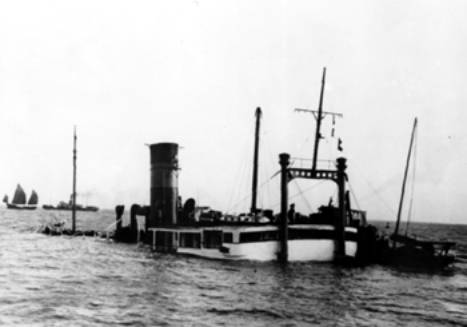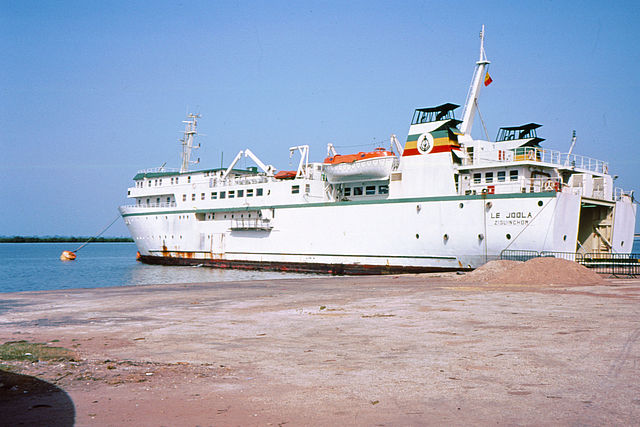[Top 5] Deadliest Peacetime Maritime Disasters
Many maritime disasters happen outside the realms of war. All ships, including military vessels, are vulnerable to threats from weather conditions, faulty design or human error.
Some of the disasters below occurred in periods of conflict, although their losses were unrelated to any military action. The list is descending in the order of the magnitude of casualties suffered.
1.) Doña Paz – On December 20, 1987, the passenger ferry [pictured above] collided with the oil tanker Vector in the Tablas Strait, near Marinduque in The Philippines. The resulting fire and sinking left an estimated 4,341 dead which included all but 24 of Doña Paz's passengers, and all but two of Vector's 13-man crew.
2.) Kiangya – The passenger steamship blew up and sank in the mouth of the Huangpu River 50 miles south of Shanghai, China on December 4, 1948. The suspected cause of the explosion was Kiangya hitting a mine left behind by the Imperial Japanese Navy in World War II. The exact death toll is unknown, but it is estimated that between 2,750 and 3,920 died with 700–1,000 survivors being picked up by other vessels.

3.) Mont-Blanc and the Halifax Explosion – On December 6, 1917, Halifax, Nova Scotia Canada, was devastated by the huge explosion of the fully laden French munitions ship Mont-Blanc. She collided with the Norwegian ship Imo in The Narrows part of Halifax Harbor. The Mont-Blanc's 40-man crew all escaped, but minutes later she exploded. About 2,000 people on the shore and in Halifax were killed by the explosion, falling debris, fires or collapsing buildings, and over 9,000 were injured, particularly by flying glass. It is still the largest accidental explosion of conventional weapons to date.
4.) Le Joola – On September 26, 2002, the overloaded ferry capsized in Senegal’s rough seas with an estimated death toll of more than 1,800. The practice of overcrowding vessels past capacity is common in African and Asian nations, and often leads to tragedy – especially today, with the increase of maritime migration and fleeing refugees.

5.) Tek Sing – The Chinese ship, called a junk, was bound for Batavia, Dutch East Indies. On February 6, 1822, she tried a shortcut through the Gaspar Strait between Belitung and Bangka Islands off Indonesia and grounded on a reef. The junk sank in about 100 feet of water, killing about 1,600 people. A junk is an ancient Chinese sailing vessel/ship design still in use today.
